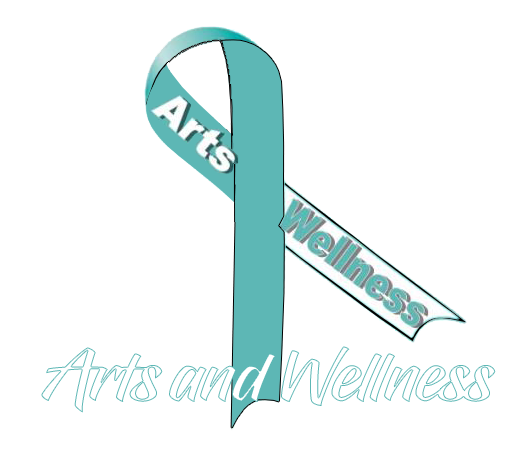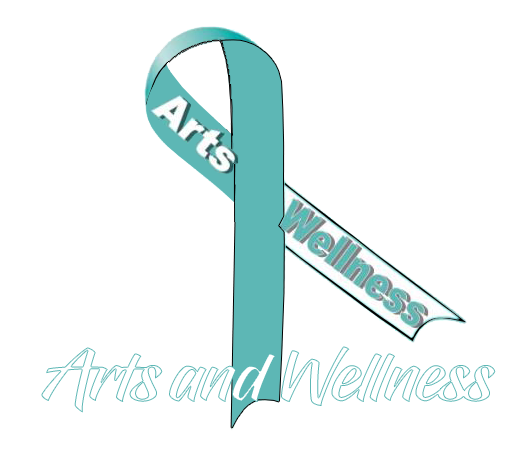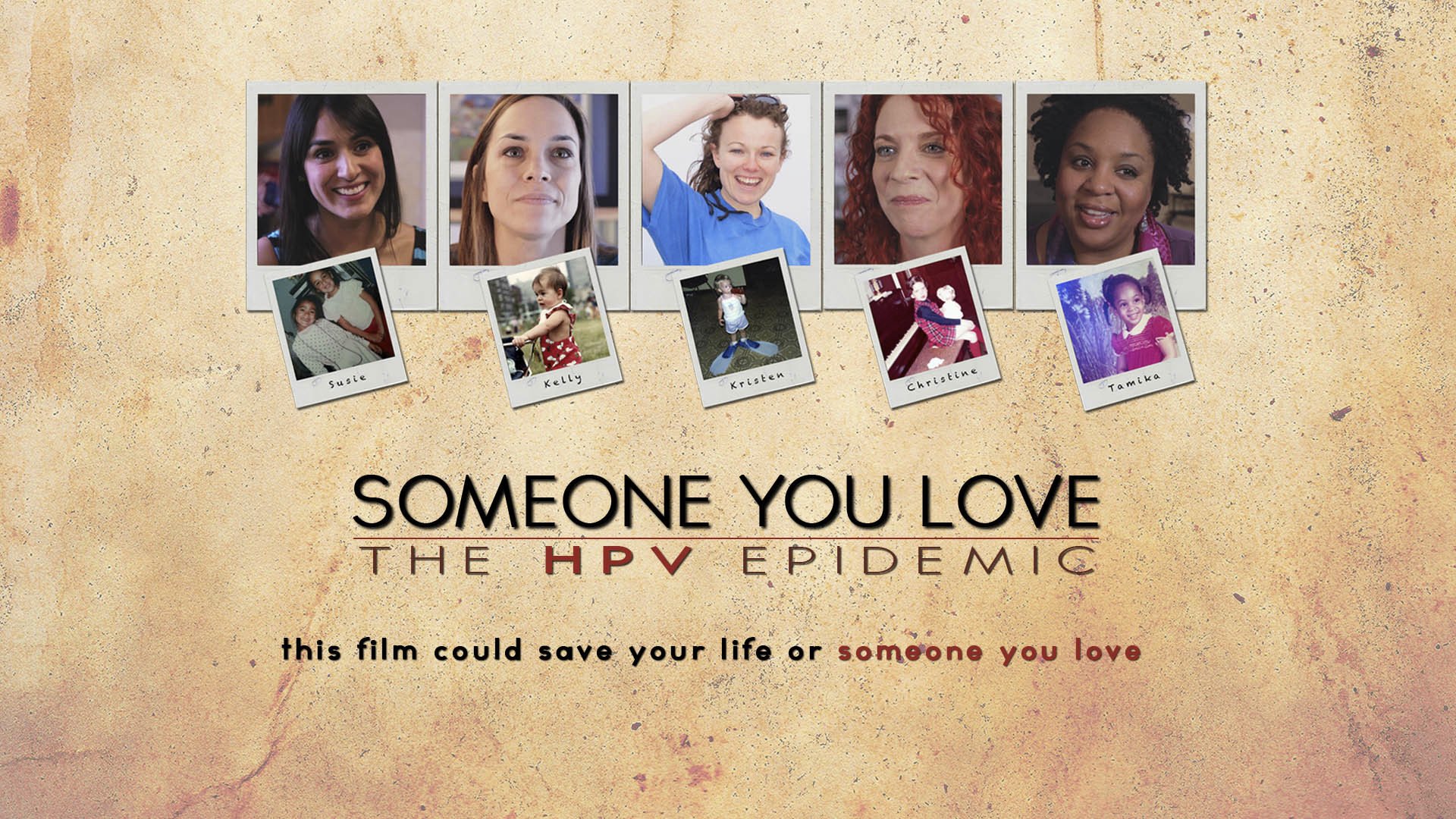Will This Self-Test for HPV Help Replace the Pelvic Exam?
The FDA has approved two new tests that allow women to perform a self-test to detect signs of HPV.Cervical Cancer New Preliminary Guidelines
What's going on: A major health panel just issued new preliminary guidelines regarding screening for cervical cancer, which can be caused by certain strains of the Human papillomavirus (HPV). While HPV is common and can clear up on its own, some strains can be deadly if not caught early with screening. Now, starting at age 30, anyone with a cervix can collect their own vaginal samples at the doctor’s office, rather than undergoing an invasive Pap smear (see, we knew it — good things do happen after 30). Health experts say the new option, which only needs to be completed every five years (with some exceptions), provides the best balance of risks and benefits. However, women can also continue getting Pap smears every three years if they wish.
What it means: Health experts believe the change will increase screening, especially for lower-income folks or those who delay care to avoid the famously uncomfortable Pap. But some doctors worry the change will further confuse patients about how often they need to be checked. Others fear it’ll lead to fewer pelvic exams in general, causing docs to miss signs of endometrial and ovarian cancer. The new guidelines come after a recent study found that the HPV vaccine has likely saved many lives, with 62% fewer cervical cancer deaths among young women in recent years.
Survivor-turned-advocate saves lives through screenings & education
Denver 7 interview by Jessica CrawfordThe deadly disease, which affects women primarily between the ages of 30 and 45, has been on the decline in recent years. The reduction has been attributed in part to prevention efforts, like the Gardasil vaccine, and education. Gladys Brown Jones Turnbough raises awareness and directs prevention efforts through her organization Arts & Wellness.
The organization, which was formed in 2015, has provided cervical cancer screening for more than 5,436 women. The mission is personal for Turnbough, who is a survivor herself. At a routine doctor's visit at age 61, Turnbough asked her doctor an unusual question for someone her age. "I asked for a pap smear," said Turnbough. "They reluctantly gave me one, because they said the guidelines didn't require me to have a pap smear."…Read the whole article
#SWHRtalksHPV Video Series
According to the Centers for Disease Control and Prevention (CDC), 85% of people in the United States will get human papillomavirus (HPV) infection in their lifetime. The body’s immune system will often clear most HPV infections; however, persistent infections caused by certain types of HPV can lead to diseases such as genital warts and cancer – including cervical, vaginal, and vulvar cancer in women; penile cancer in men; and anal and oropharyngeal (throat) cancer in both men and women.
The HPV vaccine is highly effective in preventing many of these HPV-related cancers and reducing the overall spread of the virus.
The #SWHRtalksHPV Video Series was created to help parents and guardians learn about the HPV vaccine and cancer prevention by sharing facts and insights from immunization experts as they answer key questions relating to the HPV vaccine.
There are 10 videos in the series:
What is the HPV vaccine?
How safe is the HPV vaccine?
Why is the HPV vaccine recommended for pre-teens?
If my child is 15-26 years old, can they start or complete the HPV vaccine series?
I am older than 26. Can I still get vaccinated for HPV?
Why should my son get the HPV vaccine?
Should my child get the HPV vaccine if their school doesn’t require it?
Where and how can I get the HPV vaccine?
How do I discuss the HPV vaccine with my son or daughter?
How can I have productive conversations about the HPV vaccine?
To learn more, download #SWHRtalksHPV Questions & Answers for an overview of all the questions and answers in the series.
The Kathie J Show Interview
Inner-Views w/ Jewel Diamond Taylor
“Of all forms of inequality, injustice in healthcare is the most shocking and inhumane.”
- Dr. Martin Luther King Jr.
“Thank you 9Health Fair. Because of my visit, I found a problem very early. It may have saved my life. 9Health Fair believes everyone should have access to health.”
- 9Health Fair Participant
MAKE A DONATION TODAY!
All contributions will provide:
Educational presentations at Denver metro area middle and high school
and community health fairs to save lives from cervical cancer and HPV-related cancers
Awareness of cervical cancer & HPV related cancers
Increase HPV vaccination rate in Denver metro area communities of color
Hpv Flash
-
In December 2022, WHO issued an updated position paper on HPV vaccine schedules, incorporating the World Health Organization’s (WHO’s) Strategic Advisory Group of Experts (SAGE) endorsement of a single-dose HPV vaccination schedule for the primary target of girls aged 9-14 years old and for young women aged 15-20 years old. The paper summarized available data supporting the use of a single dose of HPV vaccine and reinforced the potential benefits of a single-dose strategy, including reduced costs and wider coverage. To review an analysis of the evidence that led to the WHO endorsement, visit the HPV Single Dose consortium webpage.
-
The 2022 Evidence Review by the Single-Dose HPV Evaluation Consortium collated, synthesized, and evaluated evidence that contributed to the WHO SAGE endorsement of a single-dose HPV vaccination schedule in the primary target group. Translations of this Evidence Review’s companion materials are now available. Visit the General Summary and Technical Synthesis resource pages to view these materials in French, Spanish, and Chinese. A slide deck summary of the evidence is available in French.
-
The HPV Vaccine Acceleration Program Partners Initiative (HAPPI) Consortium was recently established to increase and sustain equity, program quality, and accelerate coverage of HPV vaccination in low- and middle-income countries. The consortium strives to contribute to the Gavi, the Vaccine Alliance, goal of vaccinating 84 million girls and adolescents by 2025 and support the global goal of 90 percent HPV vaccination coverage by 2030.
JSI is leading the HAPPI Consortium and working in partnership with the Clinton Health Access Initiative, the International Vaccine Access Center at the Johns Hopkins Bloomberg School of Public Health, Jhpiego, and PATH. The consortium will focus on enabling evidence-based policy decisions; enhancing and sustaining equity; improving program quality; providing direct technical assistance in selected countries; and monitoring, evaluating, and learning to build on the evidence base. -
To assist country decision-makers in evaluating various screening and treatment programs, PATH and its partners developed a scenario-based Cervical Precancer Planning Tool. This interactive Excel model explores both screening and treatment programs, and it has scenarios for each that can be compared. The screening component evaluates the number of women screened, the screening accuracy, and the associated costs for four different screening approaches. The treatment component evaluates the number of women treated for precancerous lesions, the number of units of treatment equipment needed by type, and the associated costs for five different equipment deployment scenarios. It currently contains adjustable baseline data for 14 countries, though it can be adapted for use by any low- and lower-middle income country. The tool is explored in more detail in a recent article featured in BMC Health Services Research.
News from PATH
New and Updated Literature and Resources:
upcoming events:
International Multidisciplinary HPV Congress (EUROGIN), Bilbao, Spain, February 8-11, 2023
The 35th International Papillomavirus Conference (IPVC 2023), Washington D.C., April 17-21, 2023








